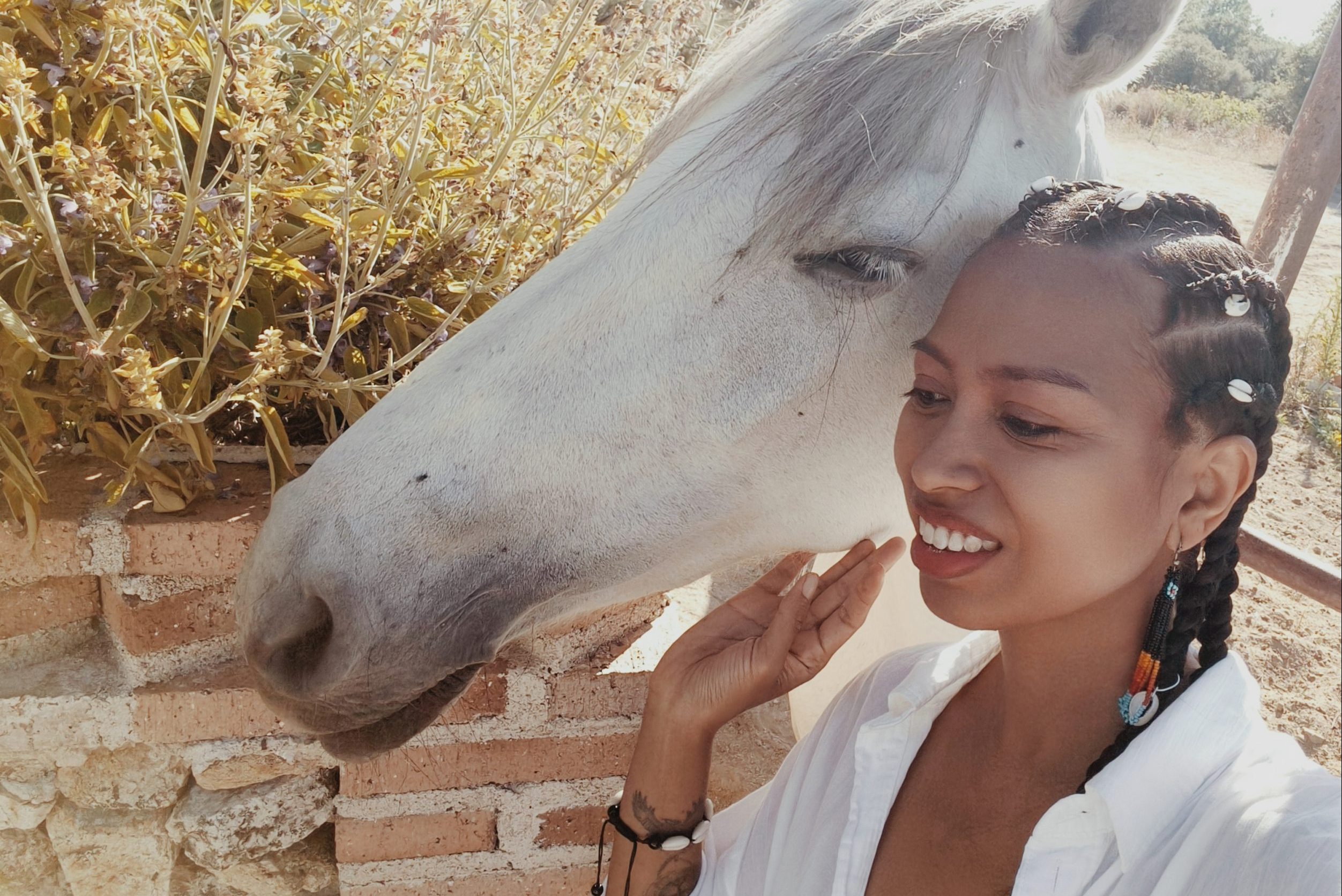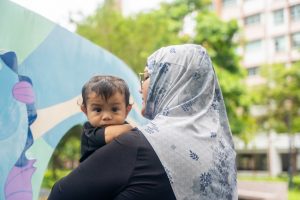In ‘Singaporeans Abroad’, we share the stories of locals who—thanks to living in a globalised world—have found success in different corners of the globe, whether financially, romantically, or for the pure joy of adventure.
We recently heard from Danelle Tan, a footballer who gave up a college scholarship to chase her sporting dreams in Dortmund, Germany. Then, there was Eleazar Ng, who left the RSAF to become a pro baseball player in Japan.
Now, we bring you Malika Avani, who hitchhiked across Europe and Latin America and learned shamanic healing techniques.
All images courtesy of Malika Avani. Trigger warning: Mentions of sexual abuse.
I remember crushing can after can of Red Bull just so that I could stay energetic throughout my 14-hour workday as a TV producer.
Like most Singaporeans, I functioned like a computer, continuously processing and delivering information. Our education system trains us to repeat information. Then as working adults, if we are energetic and enthusiastic enough in service of the big machine, the system rewards us.
ADVERTISEMENT
My long-time boyfriend and I were on the road to marriage. Some Malays see getting married as the be-all and end-all of a Malay girl’s life. In fact, my mum had already bought the baju for my wedding.
One day in 2010, I was people-watching in Mustafa Centre—families going about their daily errands—and I realised that I didn’t want any of that.
I felt in my heart that something bigger was calling me. I was around 26 or 27 then and wanted to know who I really was.
What’s the name of that movie… The Secret Life of Walter Mitty? Like Walter Mitty, I daydreamed of something more.
And so I left everything behind and bought a plane ticket. My ticket was to Turkey, a country that I had always wanted to visit.
I have no regrets leaving the Singaporean dream behind. In fact, I’m thankful. My meandering journey opened my eyes to the world and also to my inner needs. And I just happened to accrue the wisdom and healing techniques of ancient civilisations along the way.

Connection, Stability and Security
I had the opportunity to grow up alongside horses because my paternal grandfather worked as the caretaker for Bukit Timah Turf City racehorses. These stables were my happy place and I loved the connection with nature.
My parents and I lived in a close-knit kampung with my cousins and aunties. This village was located beside the Bukit Timah racecourse and was mainly inhabited by racecourse workers and their families. Eventually, this kampung was slated for demolition, and we had to move into flats along Kim Tian Road. I felt a sense of loss when we went from living horizontally with a support system of neighbours and relatives to living vertically in HDB housing.
It affected my sense of belonging. I couldn’t get over the sense of disconnection I felt from living with the land and no longer living in a close community.
My home environment was constantly changing. By the age of 7, I had already been enrolled in three different schools. I had gotten used to always being the new kid.
My ability to adapt to a constantly changing environment began at a young age. Although it was sometimes destabilising, it made me resilient and adaptable—I developed strong social skills for connecting with diverse and ever-changing groups of people.
But I was struggling with my self-esteem due to experiencing sexual abuse as a child. I have memories from as young as five years old of my uncle touching me inappropriately. My parents tried to protect me from this abuse, but they were caught between this and keeping relationships cordial within the family.
It deeply affected my confidence and being able to really feel ‘safe’. To compensate for my lack of confidence and cope with the ever-changing and destabilising environment, I focused on my studies and my grades.
ADVERTISEMENT
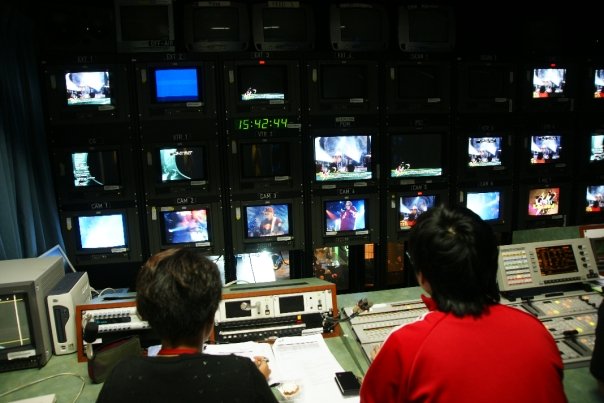
The Realities of TV
Growing up in the late ‘80s and early ‘90s as a latchkey kid, I watched a lot of television, and it became my world.
I loved watching programmes like the Japanese television show Oshin with my late maternal grandmother and I eventually had the opportunity to study this medium. I am very grateful that my parents were supportive of me studying film. They gave me the opportunity to study film at Murdoch University in Perth.
There, I had another realisation of my deep love for nature. I had a heart-centred educator named Martin Mhando, who introduced me to indigenous cinema. Indigenous myths projected on screens seeded something within me, which gradually changed my perception of the world and its possibilities.
However, I would learn that the world of television and production at Mediacorp Channel 5 is not for the fainthearted. A lot is at stake, and a lot of preparation is necessary, so I was trained to think three steps ahead.
I was the first person on set and the last to leave. As a TV producer, I had to meet the needs of everyone on set so we could keep to the schedule. You might remember Mediacorp TV shows that I worked on, like Deal or No Deal, Police and Thief and The Noose.
In my early 20s, this high-stress environment felt electrifying. No two days were the same—I learned about many subjects and connected with many people from different walks of life.
A standard shoot day is 12 hours long, but with preparation and post-production, some production days can extend up to 14 or 16 hours. My work became my life. Even when I was sick, I was expected to show up for work.
When I had that epiphany in Mustafa Centre, I was picking up groceries at night after yet another exhausting 12-hour work day.
I remember walking through the supermarket aisles, rows and rows of products flashing past me. It was then that I felt an inner voice saying: “This could be your future—buying groceries at odd hours because you don’t have any other free time. This could be your life, just busy working and working.”
This is how I came to the decision to leave my life in Singapore behind and go in search of that connection with nature once again.
I remember going home and working up the courage to tell my boyfriend and parents about my decision a few days later.
While my boyfriend was understandably upset, my mum and dad were surprisingly super cool with my decision to pack up and travel. I am lucky to have such growth-oriented parents.
When I submitted my resignation, my boss didn’t believe that I was really quitting and said to me: “You’ll be back.”
I never went back.
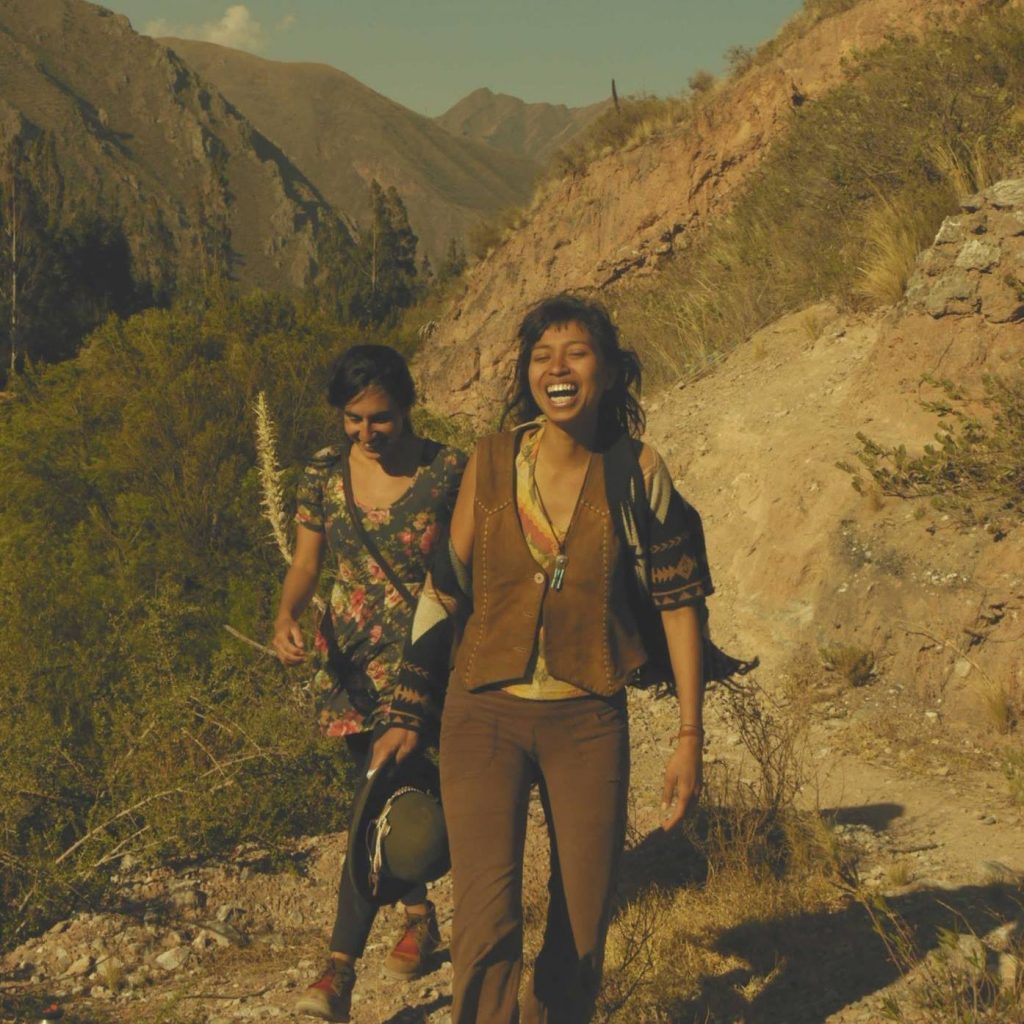
Learning to Let Go
In 2010 and 2011, when I was still a newbie hitchhiker, I tightly controlled my itinerary. That was until I met a friend who introduced me to couch surfing.
I met similar globetrotters who were well-travelled but certainly not tourists. We shunned touristy activities in favour of living among the locals of each country.
We attended local weddings and birthdays and joined locals in daily activities that they considered mundane. I loved forging these connections with different people.
I gradually embraced this lifestyle and allowed myself to relax and go with the flow.
I slowly discovered the illusion of control that had stifled me at the beginning of my journey—that need to know what would happen next and hold on tightly to things that defined me. I had to let go of my expectations and reset my perception of value.
I eventually sold most of my belongings in Singapore, including my vinyl records and vintage dress collection.
As I sold everything, I felt lighter and lighter, and felt a spaciousness within me that let me begin to perceive the world in a new light and make new choices.

Going with the flow would eventually play a part in me letting go of my hurt and reclaiming my strength.
After hitchhiking through Europe, I travelled through Latin American countries like Chile and Mexico. But out of all the countries, Brazil holds a special place in my heart.
In Brazil, we slept on hammocks every night as we made our way along the Amazon River. I met the Kuntamana tribe and they invited me to participate and contribute to their ceremonies.
I felt so honoured that I was the first person of my lineage to witness and even be a part of their sacred ceremonies. And then they introduced me to the songs of the jungle.
In the Amazon, there is a unique song to honour every mountain and every river. In some indigenous cultures, women go into the woods to sing the spirit song of their baby before they give birth. Anthropologists might tell you that songs are used to pass down knowledge and tradition, but the tribespeople also use songs as medicine.
Singing is a natural human expression like language, and it also reminds us of our belonging to our community.
The first time I joined the tribe in a singing ceremony, it felt like a volcano erupting out of me. It was an accumulation of energy that wanted to be expressed after years of keeping silent for fear of being unloved, rejected and discarded.
I was singing not for applause but to amplify who I am intimately, and this communal singing is so cathartic.
Singing their songs helped me connect with the land and with other people singing with me. I was a Singaporean urbanite who was disconnected from nature, but as I sang, I found myself weaving back that connection with nature and remembering that we are all from nature.
Tribal songs do not just honour rural landscapes and places, but they also empower the singer—singers unleash their voices to empower themselves and heal their hurts.
I am a survivor of sexual abuse, and the tribe’s elders taught me how to reconnect with nature’s healing power and recover my own power.

Reversing the Hurt
I was sexually abused by my uncle from the age of 5 to 12. When you hide skeletons in your closet, your skeletons can grow into monsters.
Today, I am not angry with my parents because I acknowledge that they did the best they could, given the situation. It is important to me that they’ve learned from this and changed.
The Amazonian natives spoke with me about my trauma and helped me feel safe once again living in my own body. Today, I am a proud woman living in this body, and this body is not an apology for anything.
They taught me healing techniques like singing and playing ancient songs that can bring calm to people and bring them to a safe and tranquil ‘space’ where they can address their wounds and heal.
In the past 14 years, I have conducted workshops and therapy in English, Spanish, and Portuguese in Argentina, Brazil, Chile, Malaysia, Mexico, Peru, and the United States. Many of the people I help are overworked and need to regain their attention to their bodies.
I help women connect to their own sensuality without shame, including women who have been sexually abused. I also come across many clients with dysregulated nervous systems. I remember one such client who was overwhelmed, struggling with psychosis and depression.
Stressed-out parents who are constantly functioning in ‘fight or flight mode’ might raise children with dysregulated nervous systems, which is why this scenario is common in Singapore. Our hustle culture rewards us at the expense of our own health, but this was causing her to have breakdowns at work.
I mentored this client, who was also in survival mode, to regulate her nervous system. In our sessions together, we worked on getting rid of her brain fog and helping her achieve quality rest. She finally found a sense of safety, which helped kickstart her healing journey.
Through our sessions, I helped her recognise her strengths and gifts clearly, and design a lifestyle more suitable for herself, which takes into consideration her menstrual cycles. I used the tools the indigenous elders taught me to help her gain confidence and improve her communication skills with her family members.
While Western therapy focuses on the individual, my therapy is about intergenerational wellness, so my therapy sessions are usually not one-on-one. Healing people also involves healing relationships, so I often see parents and children at the same time.
You’d be surprised how many people prefer to stay in their familiar ‘cages’, even though they are unhappy and the door is open for them to step out.
A client called my work ‘confrontational’ because I make it very clear the opportunity cost of staying in that cage and living a life that drains you, or choosing to live a life that nourishes you with joy and excitement.
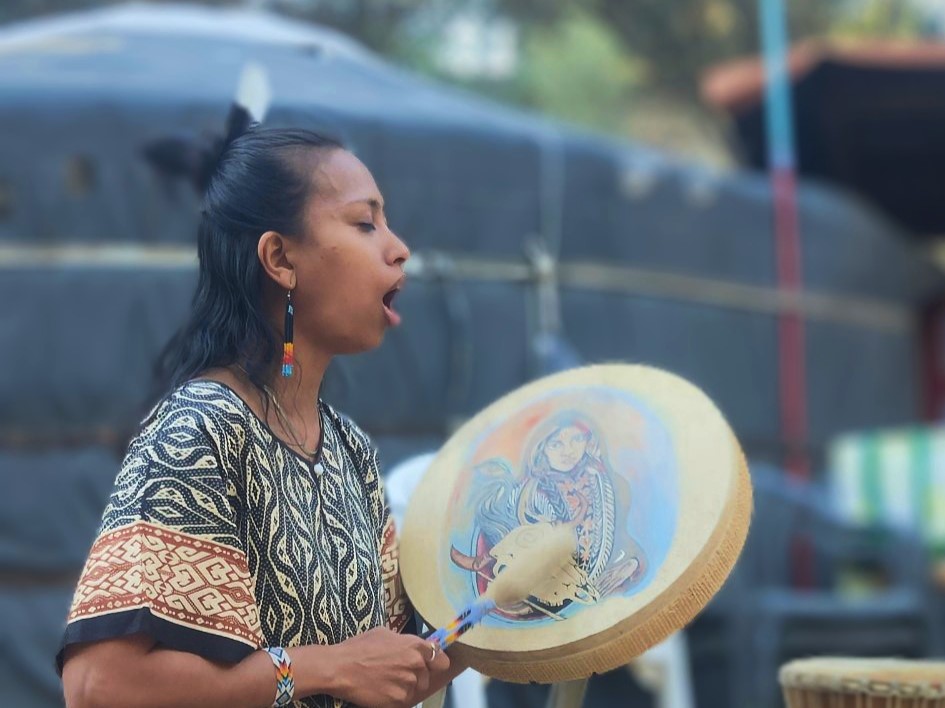
Dare You to Move
When I’m abroad, I miss how my skin feels in Singapore’s tropical humidity. I love its old streets that hold memories of my past and the possibility of meeting an old friend while walking down those streets, who might remember a part of me that no longer exists. Like many others, my palate misses Singaporean food and the easy access I have in Singapore to diverse cuisines.
Besides being a therapist who works through people’s past trauma with them, I also use music to help them heal. We sing together, and I help them unleash their voices. I also play a drum and these rhythms help them tune into healing and find peace.
I’ve been pleasantly surprised by the changes I’ve seen after leading my clients in song. I encourage them to sing in celebration of their lives and of their identity. Singing rituals are an important part of my therapy with them because they provide a form of release that leads to acceptance and healing.
Many clients tell me, “I can’t sing”. But I remind them that we are all born singing. When we were born as crying babies, that was our song. Singing is as natural as the wind blowing, and that is how we resonate with the world around us. Just sing. No one told the birds to sing, but they sing anyway.
The honesty to sound what is in our hearts takes trust and deep surrender. As my clients sing with authenticity, they come to accept what they can’t change, and recognise what they can work on and are responsible for.
I am able to empower other women because I was empowered. I used to be insecure and confused, but I’m glad I stepped out of my cage. I want to help others do the same.
